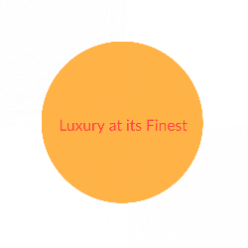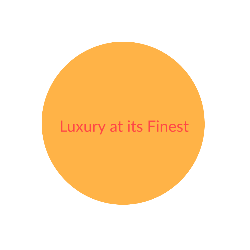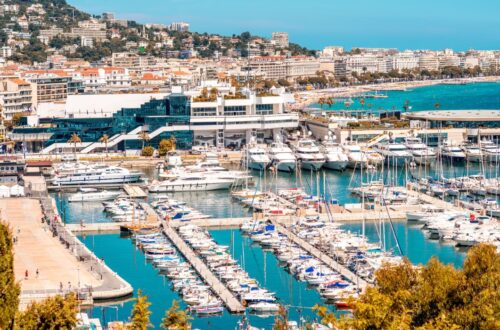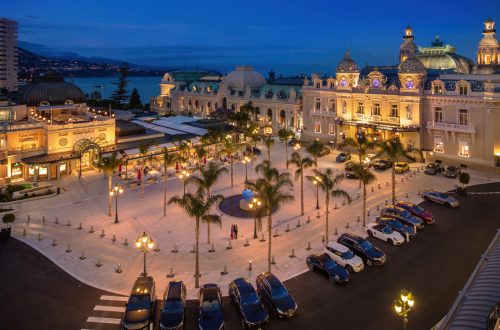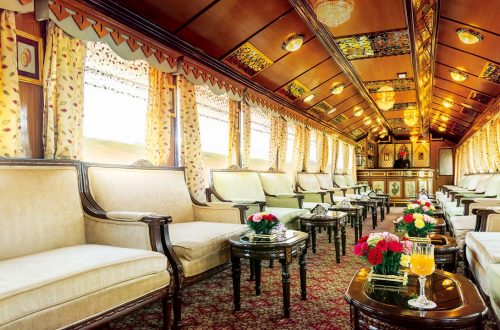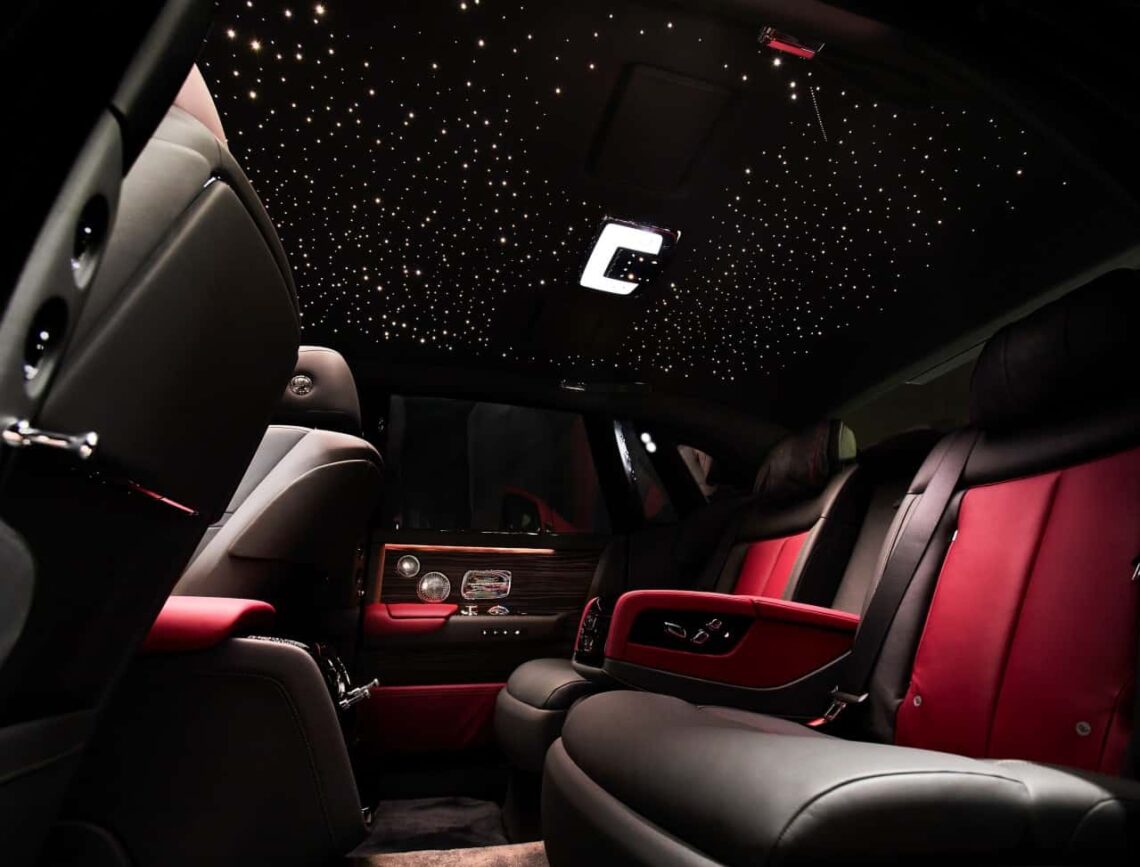
Luxury in the Digital Age: Navigating the Intersection of Technology and Opulence
Luxury has undergone a profound transformation in the digital age, where the convergence of technology and opulence has opened up new avenues for innovation and refinement. In this article, we delve into the dynamic landscape of luxury in the modern era, exploring how advancements in technology have redefined what it means to indulge and aspire for the finer things in life.
The Digital Evolution of Luxury
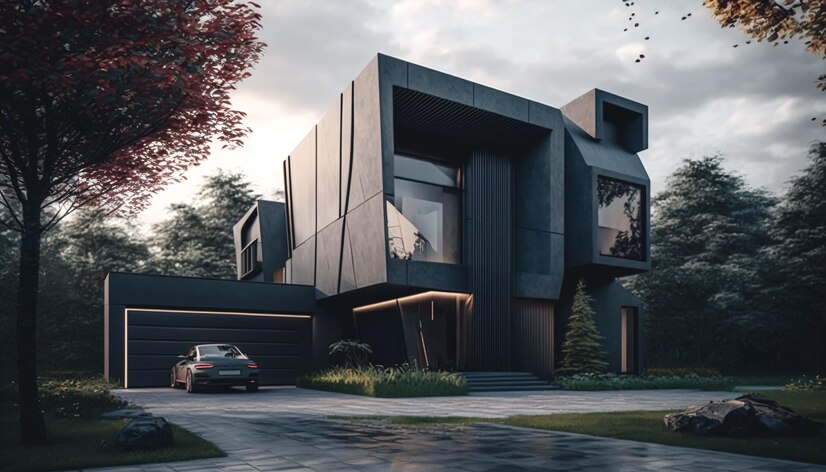
The digital revolution has revolutionized the way we perceive and experience luxury. With the advent of smartphones, social media, and e-commerce platforms, luxury brands have adapted to meet the demands of tech-savvy consumers. Today, luxury is no longer confined to exclusive boutiques on bustling streets; it is accessible with just a few taps on a screen. The rise of online shopping has democratized luxury, allowing consumers from all walks of life to partake in the allure of prestigious brands and products.
Furthermore, the digital landscape has transformed the nature of luxury marketing and communication. Traditional advertising methods have given way to immersive digital experiences, where brands engage consumers through captivating storytelling and interactive content. Social media influencers and digital ambassadors have emerged as influential tastemakers, shaping consumer preferences and driving trends in the luxury market. As a result, luxury brands must navigate a complex digital ecosystem to maintain their relevance and allure in the ever-evolving landscape of consumer culture.
The Intersection of Technology and Opulence
At the heart of the digital revolution lies the intersection of technology and opulence, where cutting-edge innovations converge with timeless elegance to create truly extraordinary experiences. From wearable technology adorned with precious metals and gemstones to bespoke virtual reality experiences, the boundaries between technology and luxury continue to blur. As consumers seek more personalized and immersive experiences, luxury brands are harnessing the power of technology to elevate the art of indulgence to new heights.
One notable example of this convergence is the emergence of smart luxury accessories, such as designer smartwatches and wearable fitness trackers. These devices seamlessly integrate advanced technology with exquisite craftsmanship, offering discerning consumers the perfect blend of functionality and style. Moreover, luxury automakers are incorporating state-of-the-art features, such as autonomous driving capabilities and in-car entertainment systems, to redefine the driving experience for affluent clientele.
Amidst this trend, affluent families are prioritizing personalized educational experiences, leading to an increased demand for services like hiring a homeschooling tutor in Bettendorf, who caters to individual learning needs and provides tailored curricula for their children.
The Future of Luxury in the Digital Age
As we look ahead to the future, the fusion of technology and opulence promises to reshape the landscape of luxury in profound ways. Artificial intelligence, augmented reality, and blockchain technology are poised to revolutionize how luxury goods are designed, produced, and consumed. From AI-powered personal shopping assistants to virtual showrooms offering immersive shopping experiences, the possibilities are endless.
Furthermore, sustainability and ethical practices are becoming increasingly important considerations for luxury brands and consumers alike. With concerns about environmental impact and social responsibility on the rise, luxury brands are embracing innovative technologies and eco-friendly materials to create sustainable luxury products that resonate with conscious consumers. By embracing sustainability and leveraging technology, luxury brands can not only reduce their environmental footprint but also enhance their brand reputation and appeal to a new generation of socially conscious consumers. They are recognizing the importance of catering to specific regional needs, such as providing eco-friendly blinds and screens in Colorado, thus further solidifying their commitment to sustainability and ethical practices.
Embracing Virtual Reality: Redefining the Luxury Experience

Virtual reality (VR) technology has rapidly become a staple in the luxury industry, reshaping how consumers interact with brands and products. Its immersive nature allows luxury brands to transcend physical limitations and create captivating experiences that rival real-world encounters. From virtual fashion shows featuring the latest collections to immersive art exhibitions showcasing renowned works, VR offers a level of engagement and interactivity that traditional mediums cannot match. It entices consumers with virtual experiences while seamlessly integrating branded merchandise into their digital environment, fostering a new realm of luxury consumption.
Luxury brands are leveraging VR not only to showcase their offerings but also to immerse consumers in their brand ethos and story. By transporting consumers to exotic locations, behind-the-scenes glimpses of craftsmanship, or even fantasy worlds inspired by brand themes, VR allows brands to forge deeper connections with their audience on an emotional level. This emotional resonance enhances brand loyalty and fosters a sense of exclusivity and belonging among consumers.
Moreover, VR provides unprecedented opportunities for customization and personalization in the luxury space. Brands can offer virtual fitting rooms where customers can try on clothing and accessories in a lifelike environment, or create virtual spaces where clients can design their dream homes with luxury furnishings and decor. This level of personalization not only enhances the shopping experience but also strengthens the bond between the consumer and the brand. Integrating VR experiences into hospitality consultancy services can revolutionize how clients envision and plan their luxury accommodations, offering immersive previews of hotel suites and resort amenities.
As VR technology continues to evolve and become more accessible, its impact on the luxury industry is poised to grow exponentially. From enhancing the online shopping experience to revolutionizing how luxury events are hosted and experienced, VR is reshaping the very essence of luxury in the digital age. By embracing VR as a tool for innovation and storytelling, luxury brands can stay ahead of the curve and continue to delight and inspire consumers in new and exciting ways, all while ensuring their needs are met promptly, even in unexpected situations such as requiring emergency plumbers in Charlotte.
The Rise of Sustainable Luxury: Navigating Environmental Consciousness
Sustainability has emerged as a driving force in the luxury industry, with consumers increasingly demanding ethical and eco-friendly products. Luxury brands are responding to this shift in consumer preferences by integrating sustainability into every aspect of their operations, from sourcing materials to production methods and supply chain management.
One of the key drivers of sustainable luxury is the use of eco-friendly materials and manufacturing processes. Luxury brands are exploring alternative materials such as recycled plastics, organic cotton, and bio-based textiles to reduce their environmental impact and carbon footprint. Additionally, brands are implementing sustainable production methods, such as zero-waste manufacturing and renewable energy sources, to minimize their environmental footprint and conserve natural resources.
Furthermore, sustainability extends beyond the product itself to encompass the entire lifecycle of the product, from production to disposal. Luxury brands are adopting circular economy principles, such as repair, reuse, and recycling programs, to extend the lifespan of their products and minimize waste. By offering repair services and incentivizing customers to return and recycle their products, brands can reduce their environmental impact and promote a more sustainable approach to consumption. Some brands are exploring sustainable materials like reclaimed wood in crafting designer wood doors, further aligning with eco-conscious practices.
In addition to environmental considerations, sustainable luxury also encompasses social responsibility and ethical practices. Luxury brands are increasingly transparent about their supply chains and production processes, ensuring fair wages, safe working conditions, and respect for human rights throughout their operations. By prioritizing ethical and sustainable practices, luxury brands can not only minimize their environmental impact but also contribute to positive social change and build trust with consumers who value ethical and responsible business practices.
As sustainability continues to gain momentum in the luxury industry, it is poised to become not just a trend, but a fundamental aspect of luxury in the digital age. By embracing sustainability as a core value and integrating it into their brand identity, luxury brands can position themselves as leaders in the movement toward a more ethical and environmentally conscious future. Adopting practices such as carbon offsetting for private jet travel can further align with these values, offering options for conscientious consumers who may need to rent a jet.
Innovative Materials: Exploring the Frontiers of Luxury Craftsmanship
Advancements in materials science are revolutionizing the world of luxury, offering new possibilities for creativity, durability, and sustainability. Luxury brands are increasingly turning to innovative materials to differentiate their products and push the boundaries of traditional craftsmanship.
One area of innovation is the development of lab-grown diamonds and gemstones. These ethically sourced and sustainable alternatives to traditional mined diamonds offer the same brilliance and beauty without the environmental and ethical concerns associated with traditional mining practices. Luxury brands are incorporating lab-grown diamonds into their jewelry collections, offering consumers a guilt-free luxury experience that aligns with their values. Artisans craft intricate settings using traditional techniques and tools like Japanese scissors.
In addition to gemstones, luxury brands are exploring alternative materials such as biofabricated textiles and recycled metals. Biofabricated textiles, made from renewable resources such as algae or bacteria, offer a sustainable alternative to traditional fabrics that require large amounts of water and energy to produce. Similarly, recycled metals sourced from discarded electronics or industrial waste can be transformed into luxurious jewelry and accessories, reducing the need for virgin materials and minimizing environmental impact.
Furthermore, innovative materials are not only sustainable but also offer unique properties that enhance the functionality and performance of luxury products. For example, graphene-infused fabrics offer unparalleled strength, durability, and conductivity, making them ideal for high-performance sportswear and outdoor gear. Similarly, 3D-printed metals and ceramics enable intricate and complex designs that were previously impossible to achieve using traditional manufacturing methods. Graphene-based textiles are revolutionizing the creation of robes for women, providing unprecedented comfort, style, and durability.
By embracing innovative materials, luxury brands can differentiate themselves in a crowded market and appeal to environmentally conscious consumers who value sustainability, quality, and innovation. As technology continues to advance and new materials are developed, the possibilities for creativity and innovation in luxury craftsmanship are limitless.
Incorporating data-driven insights such as the bass fishing forecast can further enhance brands’ understanding of consumer preferences and lifestyle choices, enabling them to tailor their offerings more effectively.
Personalization and Customization: Tailoring Luxury to Individual Tastes
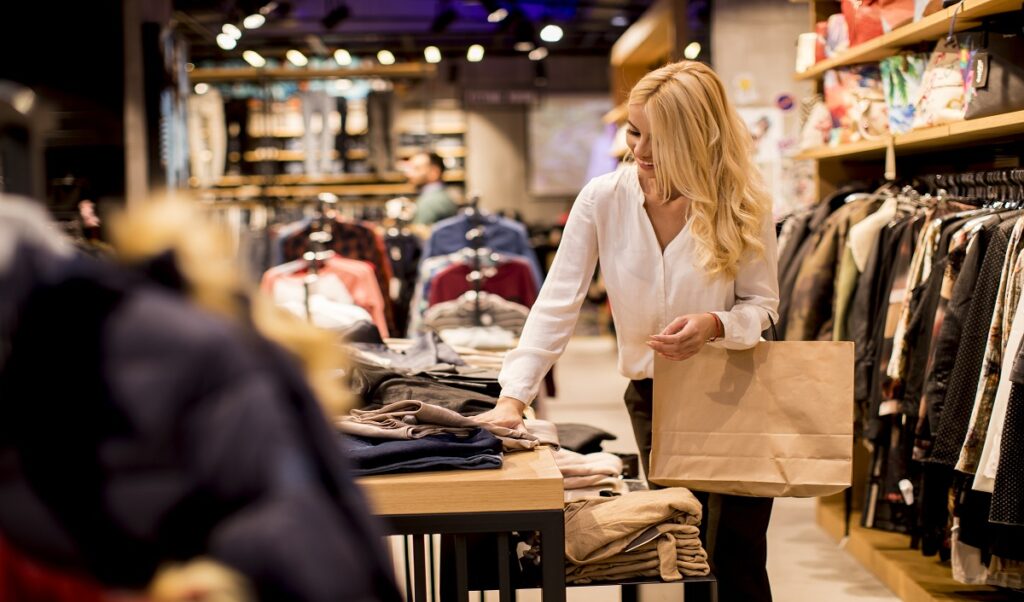
Personalization has become a hallmark of luxury in the digital age, offering consumers the opportunity to create bespoke products and experiences that reflect their unique preferences and identities. Luxury brands are leveraging advanced technology and data analytics to offer personalized services and customization options that cater to individual tastes and lifestyles, including exclusive perks such as arranging bespoke travel experiences like rent a car at Sarajevo Airport.
One of the key drivers of personalization in luxury is data analytics and artificial intelligence. Luxury brands are collecting vast amounts of data on consumer preferences, purchase history, and behavior to better understand their customers and anticipate their needs. By analyzing this data, brands can offer personalized recommendations, product suggestions, and exclusive offers tailored to each customer’s preferences and lifestyle.
Moreover, luxury brands are embracing customization technologies to offer bespoke products and experiences that cater to individual tastes and preferences. From made-to-measure suits and couture gowns to personalized monogramming and engraving, consumers can now customize every aspect of their luxury purchases to create truly unique and one-of-a-kind creations. By empowering consumers to co-create their own luxury, brands can foster deeper connections and loyalty, as customers feel a sense of ownership and pride in their personalized creations. Some luxury brands are extending this customization trend to include bespoke iron entry doors, allowing homeowners to personalize their residences with distinctive and exquisite entrances.
Furthermore, personalization extends beyond the product itself to encompass the entire shopping experience. Luxury brands are leveraging technology to offer personalized shopping experiences both online and offline, from virtual stylists and personal shoppers to immersive in-store experiences tailored to each customer’s preferences and tastes. By providing personalized and tailored experiences, luxury brands can create memorable moments that resonate with consumers and foster long-term relationships.
As technology continues to advance and consumer expectations evolve, personalization will remain a key differentiator for luxury brands seeking to stand out in a competitive market. By leveraging data analytics, artificial intelligence, and customization technologies, luxury brands can create unique and unforgettable experiences that cater to the individual tastes and preferences of each customer, driving engagement, loyalty, and ultimately, sales. Integrating innovative features such as patio misters can further enhance the luxury experience, offering a refreshing touch to outdoor environments and elevating customer satisfaction to new heights.
Conclusion
In conclusion, the intersection of technology and opulence has ushered in a new era of luxury defined by innovation, sustainability, and personalization. From virtual reality experiences to sustainable materials and AI-powered personalization, luxury brands are embracing the digital age with creativity and foresight. As we look to the future, the possibilities for luxury in the digital age are endless, with technology serving as a catalyst for transformation and reinvention. By staying at the forefront of technological innovation while remaining true to their core values, luxury brands can continue to inspire and delight consumers in the ever-evolving landscape of luxury.


